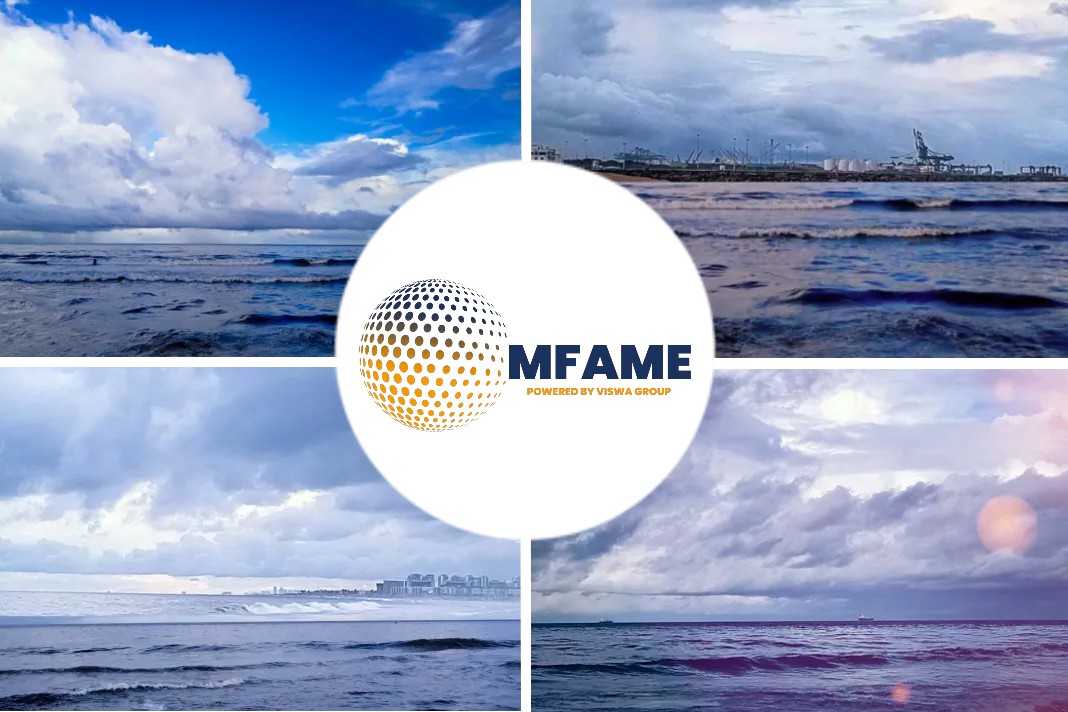- Shipping is undergoing its greatest transition in a century.
- Singapore is determined to be a central thought leader for the greening of the industry.
- The global shipping community must work together.
While the likes of Scandinavia and Japan positioned themselves early on as shipping decarbonization pioneers, Singapore has latterly come to join the ranks, with government and private industry joining forces to make the Lion Republic, the world’s largest bunkering hub, a petri-dish for some of the most exciting green shipping experiments in the world.
Pioneering The Race
Singapore has mapped out its maritime decarbonization strategy and priorities, through the Maritime Singapore Decarbonization Blueprint 2050 released in March this year. Developed by the MPA in consultation with industry partners, it provides a roadmap to help the sector achieve International Maritime Organization’s 2050 target of reducing total annual greenhouse gas emissions by at least 50% compared to 2008 levels. “With climate change on the global agenda, decarbonization has become a top priority for the shipping industry, and maritime Singapore is committed towards decarbonizing the maritime industry” says Quah Ley Hoon, the departing chief executive of the Maritime and Port Authority (MPA) of Singapore.
The MPA will commit additional funds of least S$300m ($214m) to support the decarbonization efforts in seven key areas: port terminals; domestic harbor craft future marine fuels, bunkering standards and infrastructure the Singapore Registry of Ships (SRS) international efforts including IMO research and development and talent; and carbon awareness, carbon accounting and green financing. The greening of the Singapore Registry of Ships (SRS), which is recognized as one of the top five ship registries globally with more than 4,000 ships aggregating over 93m gross tonnage, is a key initiative under the Maritime Singapore Decarbonization Blueprint.
Collaborating For Change
“Partnership is key in the decarbonization journey. The global shipping community must work together” Quah insists. A demonstration of this commitment to work together with industry is the founding of the Global Center for Maritime Decarbonization (GCMD) in August last year together with six founding partners – BW Group, BHP, Eastern Pacific Shipping, Foundation Det Norske Veritas, Ocean Network Express and Sembcorp Marine to identify decarbonization pathways, formulate standards, deploy solutions and finance projects. Among many projects recently launched by the center is a drop-in biofuels pilot project to establish an assurance framework for ensuring the supply chain integrity of current and future green marine fuels. The MPA joined the Castor Joint Development Project Initiative in February 2021 to provide insights on safety issues and ammonia bunkering procedures from MPA’s experience as a leading bunkering hub. Members of the initiative include MISC, Lloyd’s Register, MAN Energy Solutions, Samsung Heavy Industries, Yara International and Jurong Port.
The MPA also signed three memoranda of understanding (MoU) earlier this year with two green shipping consortiums to establish an integrated ammonia fuel supply chain and establish a platform for the parties to exchange views. Moreover, Minister for Transport and Minister-in-Charge of Trade Relations, Singapore, S Iswaran, announced that Singapore will join the Clydebank Declaration for Green Shipping Corridors. As a follow up to this, in August Singapore and Rotterdam joined forces to develop the world’s longest green shipping corridor for low and zero carbon shipping. The future looks bright for Singapore’s decarbonization journey as it also sets precedence for other states to follow.
Did you subscribe to our daily Newsletter?
It’s Free! Click here to Subscribe
Source: Splash247

















